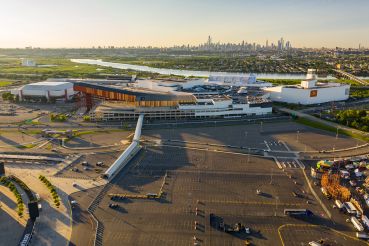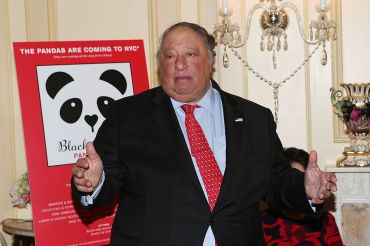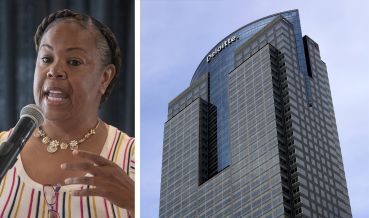The Year’s 10 Top Commercial Real Estate Finance Stories
By Matt Grossman December 25, 2018 11:54 am
reprints
Real estate debt markets soared from coast to coast for at least another year in 2018, with strong volumes and plenty of liquidity to fund just about any surefooted project that developers brought to the table. Yep, that even includes a healthy bunch of retail landlords.
But that placid result belies the dynamics that have given this holiday season—clouded by a shutdown of the federal government—the aura of a potential turning point. As 2018 winds down, higher leverages on debt deals, a hefty docket of short-term bridge lending and teetering equity markets combine to emphasize the looming possibility of a correction as the calendar flips. Indeed, the yield curve on government debt remains kinked, a sure sign that investors have doubts about the economic returns they can expect in the years to come.
With an eye on the landmark deals, industry leaders and evolving storylines that made their mark on 2018, we’ve put together 10 key tidbits to digest along with your holiday leftovers to make sure you’re up to speed for whatever next year has in store.
As the business cycle matured, there was a new surge of momentum behind the use of collateralized loan obligations to fund commercial real estate debt—securities with definite similarities to troubled instruments from before the financial crisis. Fueling itself on bridge loans on transitional assets, the debt type this year approached double its volume from 2017.
Deep-pocketed lenders across the board offered increasingly generous debt packages this year, extending further and further into the mezzanine and preferred equity portions of the capital stack. But the dispute that followed after Toby Moskovits defaulted on a mezz loan from Benefit Street Partners gave the Brooklyn developer a chance to air a gnawing complaint about such debt—that lenders may see it as an opportunity to claw for ownership of distressed properties.
With September marking the 10th anniversary of the start of the financial crisis, Commercial Observer’s finance editor paged through her Rolodex to survey industry lifers on how lessons from those dark days inform their work today. This must-read perspective on the road we’ve traveled since then was the result.
Bank of the Ozarks has been a construction-lending powerhouse for decades, but it stumbled this autumn after reporting declining performance—including that two pre-crisis development loans had gone off the rails. Did the significant stock drop that followed reflect short-term turbulence, or deeper problems with its business model?
E-commerce continued to give retail landlords conniptions this year, sending major tenants like Sears, JCPenney, Toys “R” Us and Macy’s into new rounds of store closures—if not bankruptcies. In May, we checked in with retail real estate investment trust Kimco and Ross Cooper, its president and CIO, to hear how the trust is positioning a national portfolio amidst a bleak landscape for malls.
One of the largest buildings in New York City, the 2.3-million-square-foot Starrett-Lehigh building on West 26th Street, was due for a refinancing at a moment when it was only 76 percent occupied. But RXR Realty, its owner, has made big investments in updating the almost 90-year old behemoth, winning two significant new tenants—as well as a $900 million transitional loan from Morgan Stanley and New York Community Bank in September.
The internet was supposed to help decentralize commerce and industry, and yet the tech economy itself has long gravitated toward massive geographic hubs like Silicon Valley. Last month, we examined what makes tech hubs tick and explored whether companies were finally beginning to shake loose from their old haunts to colonize cities like Austin and Denver.
With rising rents and property values, times have been good for just about everyone in the industry—but it hasn’t always made life easy for those concerned with preservation, or protecting communities threatened by development. In July, we profiled a prolific trio of real estate lawyers who’ve long fought for the little guy.
Consistent returns in a low-interest-rate environment have drawn an increasingly diverse crowd of lenders to the real estate capital markets in recent years, and KKR has brought that trend to the bank. Rooted in equity, the 42-year-old firm has expanded into the debt world in a big way, with a $2.5 billion debt portfolio. CO sat down with Chris Lee and Matt Salem, its co-heads of real estate credit, to chart the logic of KKR’s debt play.
And our annual list of the real estate debt industry’s 50 most powerful faces highlighted forces old and new. The top spot went to the unrivaled pair who lead an institutional lending powerhouse, but debt-fund superstars figured to make each spot hotly contested. Click here for a reminder of how the rankings shook out.


